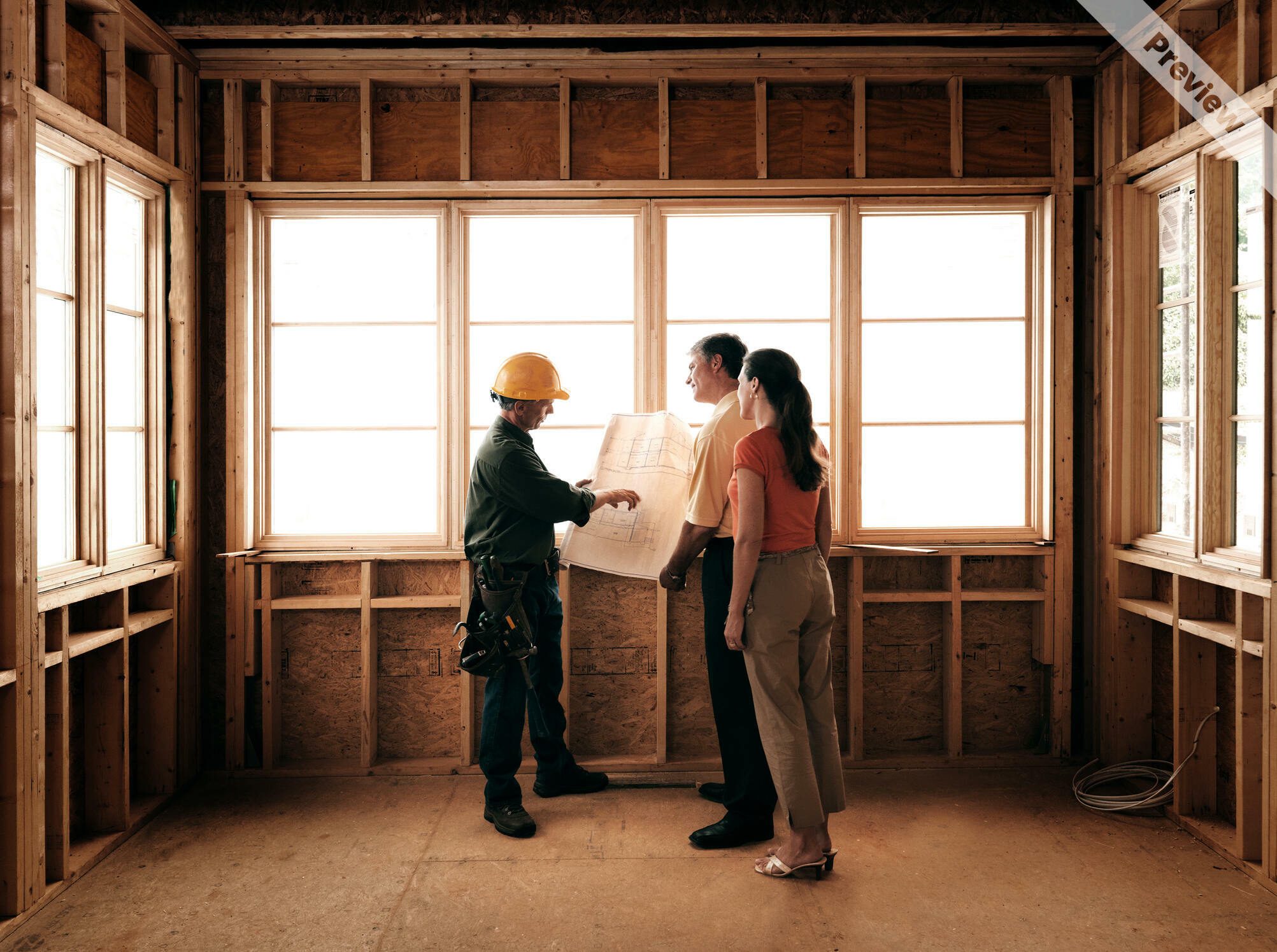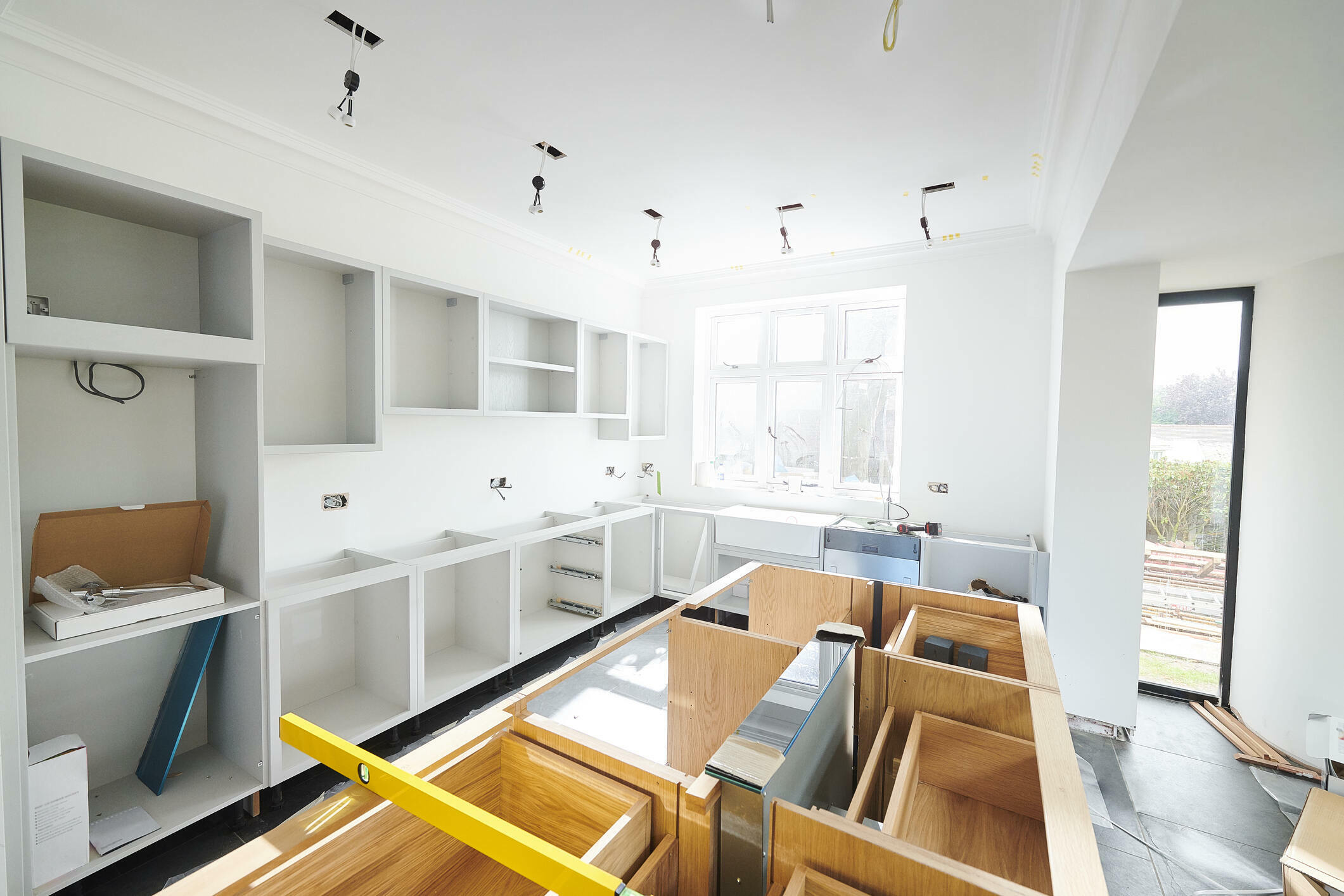Contents
Embarking on a home remodeling journey is an exciting endeavor that promises to breathe new life into your living space. Whether you’re envisioning an open-concept layout, modernizing your kitchen, or revamping the entire house, it’s crucial to understand the various phases of the remodeling process.
According to Fort Collins Bath and Home Remodeling, you can navigate the complexities with confidence and see your vision come to life seamlessly by breaking down the project into manageable steps.

What are the phases of home remodeling?
There are eight main phases:
1. Planning and design
The initial phase of any home remodeling project is the planning and design stage. This is where you lay the groundwork for the entire project, defining your goals, budget, and overall vision. Work closely with a designer or architect to create detailed plans that outline the changes you want to make.
Consider factors like spatial arrangements, lighting, and material choices during this phase. The more comprehensive your planning, the smoother the subsequent stages of the remodeling process will be.
2. Permitting and approvals
Before swinging the first hammer, it’s essential to obtain the necessary permits and approvals. Local building codes and regulations vary, and compliance is non-negotiable. Working with your contractor, submit the plans to the local authorities and secure the required permits.
This phase might involve inspections and reviews, so patience is key. Skipping this step can result in costly delays or even halting your project altogether, so it’s crucial to start on the right foot.
3. Demolition
With plans approved and permits in hand, it’s time to roll up your sleeves for the demolition phase. This is where the old makes way for the new. Walls may come down, flooring might be removed, and fixtures may be dismantled.
While it might seem chaotic, demolition is a crucial step in the remodeling process, clearing the canvas for your envisioned changes. Work closely with your contractor to ensure that the demolition is carried out efficiently and safely.

4. Structural changes
If your remodeling project involves structural changes, this phase is where the magic happens. Whether it’s knocking down walls to create an open layout or adding an extension, structural modifications require precision and expertise.
This phase may involve framing, roofing, and other construction elements that form the backbone of your remodeled space. Professional contractors play a crucial role in ensuring the structural integrity of your home is maintained during these transformative changes.
5. Mechanical systems
Once the structural changes are in place, it’s time to address the mechanical systems of your home. This includes plumbing, electrical, and HVAC work. Whether you’re upgrading your electrical wiring, rerouting plumbing, or installing a new HVAC system, this phase is essential.l
It’s how you ensure that your remodeled space is not just aesthetically pleasing but also functional and up to code. It’s a behind-the-scenes step that sets the stage for the comfort and convenience of your home.
6. Insulation and drywall
With the mechanical systems in place, it’s time to focus on the insulation and drywall phase. Insulation is crucial for maintaining energy efficiency, regulating temperatures, and soundproofing.
Once the insulation is installed, drywall is added to create a smooth, blank canvas for your design elements. This phase brings your space one step closer to its final form, allowing you to envision the layout and flow of your remodeled home.

7. Finishes and fixtures
The finishes and fixtures phase is where your vision truly takes shape. From flooring and cabinetry to paint colors and light fixtures, this is the stage where your style shines through. Work closely with your contractor to coordinate the installation of these elements, ensuring that they align with the overall design and functionality of your remodeled space.
8. Final touches
As the project nears completion, the final touches come into play. This phase involves the installation of small details like trim, hardware, and any remaining aesthetic elements. It’s the moment when your home transitions from a construction site to a personalized, livable space. Take the time to inspect every detail, ensuring that your vision has been realized to your satisfaction.
